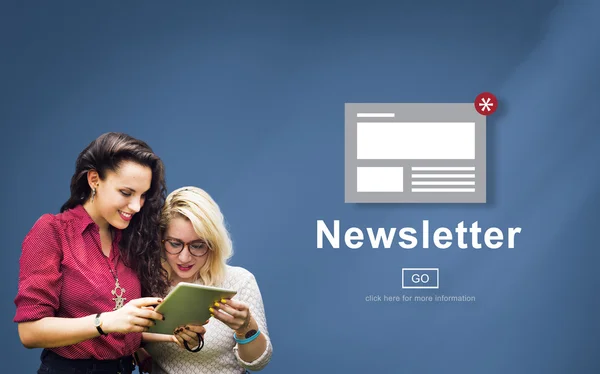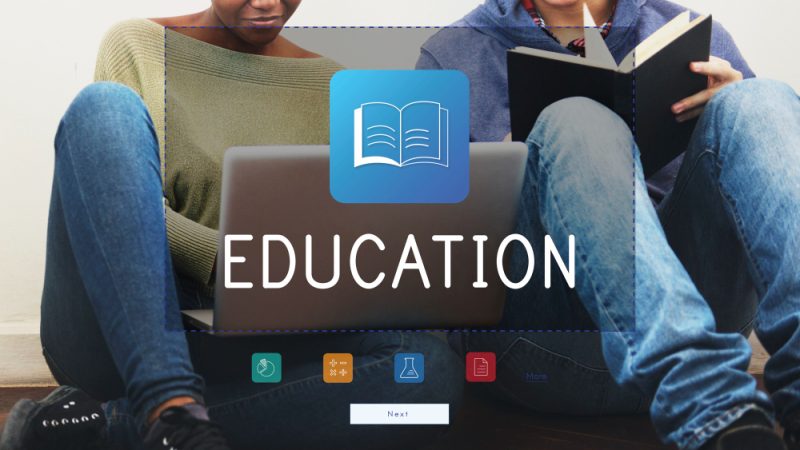7 Steps to Transition Your School Newsletter Online

Newsletters have always been the bridge between schools and parents, offering insights, updates, and glimpses into academic life. As we lean into a world where our devices become primary sources of information, transitioning from traditional paper newsletters to a more dynamic and accessible digital format becomes imperative.
But, transitioning doesn’t mean just digitizing your current content; it’s about reimagining its delivery and potentially partnering with professionals, like an SEO company, to maximize reach and engagement.
Dive in as we outline a comprehensive seven-step journey to successfully usher your school newsletter into the digital era.
7 Steps to Transition Your School Newsletter Online
1. Choose the Right Platform
Transitioning your school newsletter to the digital realm is a significant move that requires careful planning and consideration. Today’s web-based solutions offer educators the tools to craft newsletters that truly resonate with parents. When choosing a platform, it’s essential to find a balance between an easy-to-use interface, appealing design, and features that foster engagement. Look for platforms with intuitive interfaces, customizable newsletter templates and feedback features for a smooth transition.
Always keep the community’s preferences at the forefront. Consider the frequency of updates, the type of content, and how the newsletter appears on different devices. It might be beneficial to test out various features or even run a pilot version to gather feedback and insights. The goal is to create a digital newsletter where parents feel a deep connection to school events and updates.
Budget is another critical factor. Transitioning online comes with costs such as platform subscriptions, potential design expenses, and even seeking SEO services from reputable firms. It’s crucial for schools to assess their financial limits and find solutions that provide the most value for their needs.
2. Digitize Content Creatively
Digital transformation is more than merely migrating print to web. It’s about re-envisioning how school tales and triumphs are shared.
The beauty of digital is that we’re not limited to just words on a page. Classroom audio clips can be included to make readers feel like they’re right there with the students. Photos can also come alive as GIFs, and direct links can lead readers to deeper insights or related topics.
It’s also a great opportunity to engage your audience by adding interactive elements like quizzes or polls. Ensure each edition of your newsletter remains a blend of inspiration, valuable information, and engaging content so every parent eagerly awaits the next issue.
However, while transitioning online, it is important to ensure the safety and security of your content. Especially if personal details or student photos are included, it’s vital to respect privacy policies and employ secure platforms. This not only protects sensitive information but also builds trust among parents and guardians.
3. Optimize for Mobile Viewing
Today’s parents are busier than ever, often skimming through newsletters on their mobile devices during breaks. This evolving habit emphasizes the need for a mobile-responsive digital newsletter.
While it’s essential for the newsletter to look professional on a computer, it’s equally important for it to adapt seamlessly to mobile screens. This means choosing adaptable designs, concise content sections, and clear fonts.
Images should resize correctly without distortion. Navigation should be intuitive, preventing excessive zooming or scrolling. Consider testing your newsletter across different devices or, better yet, get feedback from a handful of parents.
The goal is a universally accessible newsletter that maintains readership and engagement regardless of the device.
4. Engage Through Interactive Elements
Digital newsletters shine when it comes to two-way engagement. They’re not merely informational broadcasts but facilitate interactions, a refreshing departure from conventional paper versions.
In your digital format, consider adding clickable links. They can lead readers to more in-depth content, like a detailed blog post about a recent school event or a heartwarming video of student achievements.
Polls and quick surveys are useful tools to gather feedback and get a pulse on parents’ feelings and opinions. And who doesn’t love a good quiz? It adds an element of fun while educating readers, making your newsletter more of an engaging read.
Action prompts, or call-to-action buttons, are also essential. They guide readers on the next steps, whether that’s signing up for a meeting, downloading helpful resources, or simply giving feedback. They’re your guiding signs for reader engagement.
But, like adding seasonings to a dish, balance is crucial. Overloading interactive features can be overwhelming. Prioritize what’s essential and arrange these elements in a way that complements, not overshadows your main message.
5. Incorporate Accessibility Features
In our diverse communities, ensuring your digital newsletter is accessible to everyone is vital. This involves considering parents and guardians who may have visual, auditory, or other disabilities.
Use high contrast color schemes to aid those with vision impairments and provide alternative text for images.
Additionally, consider integrating a feature that reads aloud the newsletter content, catering to those who benefit from auditory learning or have visual challenges. Translations or multilingual options can be indispensable for families where English might not be the first language. Remember, an inclusive newsletter ensures every parent feels acknowledged and valued.
6. Promote and Share Your Digital Newsletter
Creating a standout digital newsletter is only step one. Step two? Making sure it reaches and resonates with your audience. In today’s world, how you share matters as much as what you share.
Decide if your newsletter will be primarily distributed via email or hosted on a website. If opting for email distribution, ensure your content isn’t tagged as spam. For web-based newsletters, an easy-to-navigate archive section can help parents and guardians access past issues with ease.
Make sharing easy and add clear share buttons so readers can spread the word on social media or in messages. Rally parents and staff to be your newsletter champions, boosting its visibility in the community.
Remember to link your newsletter on the school’s main website. It’ll be a go-to spot for those new to the community or anyone who missed an email. And a timely post or reminder on school social media channels always helps.
And, if you can, peek at the web analytics. See which topics are hits and which aren’t. It’s all about learning and improving with each edition.
7. Integrate a Feedback Loop System
The dynamic nature of digital newsletters means they can constantly evolve based on readers’ needs. Integrating a feedback loop system allows you to continuously improve your content and format.
At the end of each newsletter, include a simple feedback form or survey. Questions could range from the usefulness of the content to the ease of navigation.
By regularly collecting and acting upon this feedback, you’re not only making your newsletter better with each iteration but also demonstrating to parents that their opinions matter. Over time, this creates a more engaged and invested reader base.
Embrace the Digital Newsletter Era Today
Digital transformation goes beyond just moving from paper to the screen; it’s about sharing school stories in new and exciting ways. With digital, we can do so much more: we can include audio from the classroom, turn photos into engaging GIFs, and link to other useful content.
This offers a chance for real interaction, with features like quizzes or polls. Every newsletter should be interesting and useful, making parents look forward to the next one.
But while we use these great tools, we must keep everyone’s information safe. Using secure platforms and respecting privacy is key. This way, parents can trust what we share.
As we embrace digital ways, our goal remains the same: to keep our school community connected and informed.






